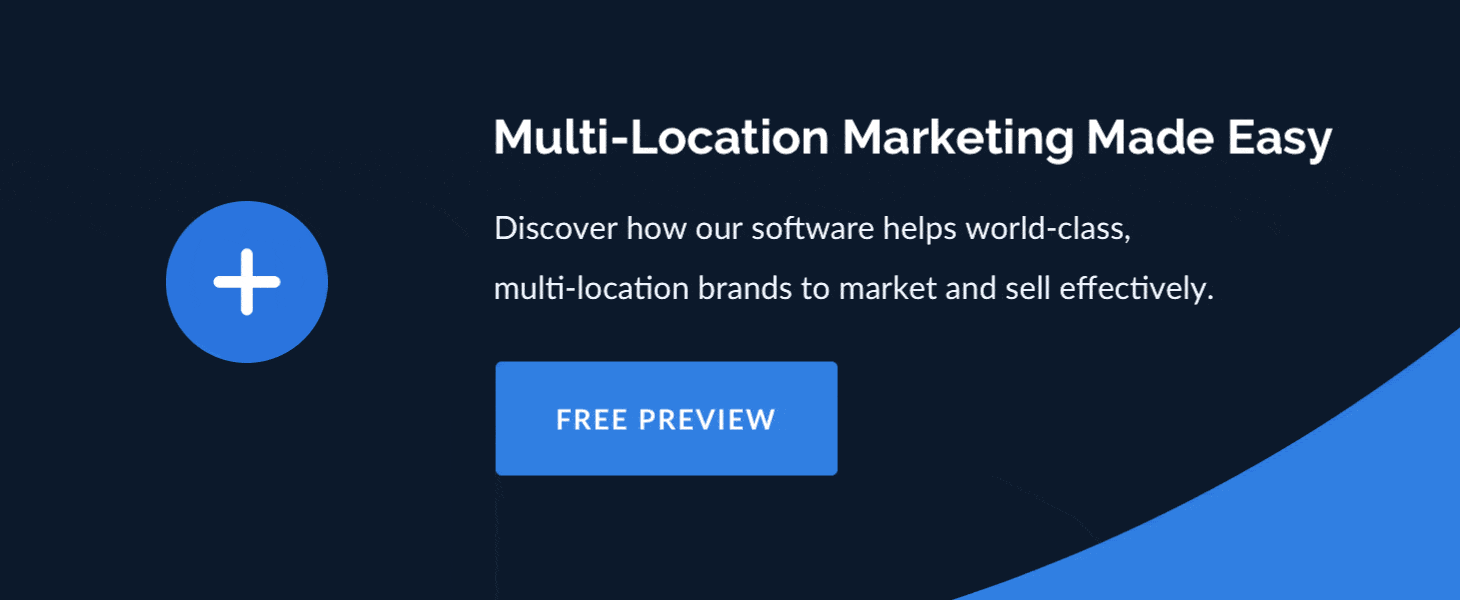If a world-renowned expert in astronomy were to make a prediction about our celestial future, there's a good chance that this expert would be wrong.
Unfortunately, recent studies estimate that multi-location brands waste thousands of dollars annually on making bold predictions about the future of marketing. In most cases, these predictions are centered around the "latest and greatest" marketing tools. For this reason, industry-leading multi-location brands waste an average of $267 per desktop on unused or rarely used software.
And when it comes to marketing asset management solutions, the money wasted is significant. While we're not here to make any bold claims or predictions about the future of marketing asset management, as a trusted brand management partner, we've identified some recent trends in marketing asset management that your multi-location brand needs to know about.
The 5 Components of Marketing Asset Management in 2021
Over the years, we've helped industry-leading brands achieve marketing greatness through expert brand management. In most cases, effective marketing across the distributed network starts with a marketing asset management tool.
Here are the most significant marketing asset management trends this year:
1. Asset Segmentation
One of the ten core characteristics of a DAM tool is the ability for users to "find" assets, which can be accomplished through "metadata, collections, workflows, and access control." While most DAM solutions enable marketers to place assets in categories, distributed marketers need the ability to segment their assets. In most cases, segmentation enables smarter distribution to local marketers, across brands, audiences, and other important factors.
2. Easy Templating
Local marketers, who don't have any background in graphic design, need to be able to modify assets in the repository so that they're more relevant to their marketing purposes. Ease-of-use in asset modification levels the playing field, and makes compliant, attractive design accessible to local representatives of all skill levels.
Distributed DAM, with the help of easy-to-use templates and template rules, enable assets to be used more quickly and appropriately by local representatives. Ease-of-use, along with guidelines and restrictions for template modification, create an ideal framework for brand activation.
3. Automated Rights Management
Intellectual property rules and regulations must be followed, or your brand could face major legal repercussions. Distributed DAM systems should take the guesswork out of asset use. If a purchased stock photo's rights are set to expire soon, your DAM system should deactivate the file from being downloaded or used in future campaigns automatically. Automated rights management can be particularly helpful for distributed brands, who may have an immense store of assets to manage and thousands of users potentially accessing those files.
4. Integrations
Understanding your integration needs, and a potential technology's capacity for integration, is an important part of the software selection process.
For many distributed organizations, a comprehensive local marketing automation tool like CampaignDrive by Pica9 is sufficient. For other organizations, integrating a distributed DAM with a standalone DAM is necessary to pull existing design assets into a tool like CampaignDrive to be modified into templates.
5. Smart Keywords
Finally, recent market asset management tools come equipped with smart keywords. This gives users the ability to source creative inside the system more easily. For example, if the local user needed to find a specific landing page template for an upcoming seasonal campaign, they might search for "spring landing page" or "seasonal lp." These smart keywords help to reduce some of the friction that local users feel when getting up-to-speed on the system.
Master Marketing Asset Management in 2021
What does it take to master asset management this year? Start by partnering with a reputable brand management partner.
CampaignDrive is a marketing automation/digital asset management system developed by Pica9. This tool offers a variety of marketing automation functionalities including data population, and creative asset storage and production. Automation will effectively simplify marketing asset management workflows, leaving your marketing team more time and energy to invest into developing campaigns.
To get started, we recommend launching a free preview.

